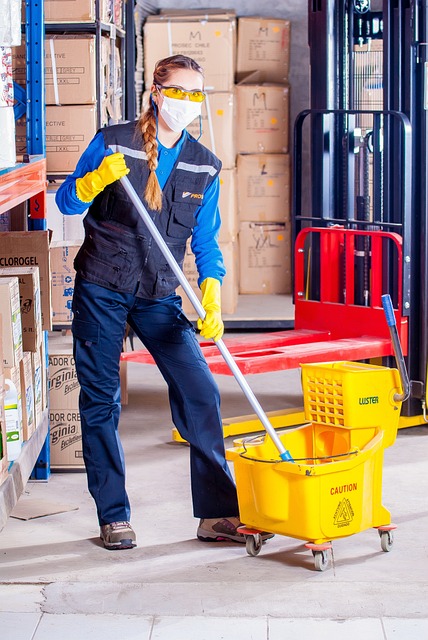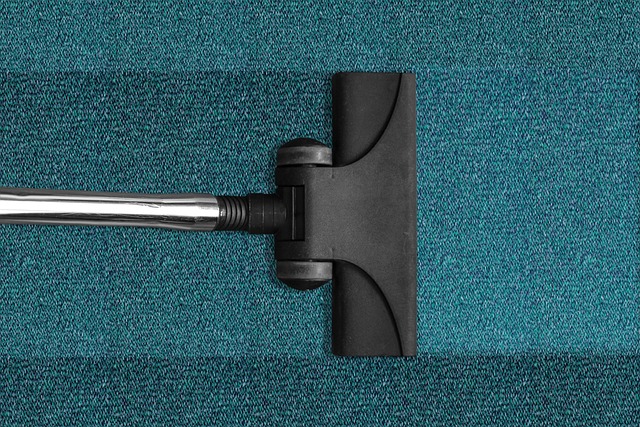
Mold is a microscopic fungus that produces multicellular filaments called hyphae that grow on and feed off organic matter. Mold spores are present in virtually every breathable environment, and they will germinate and grow when they land on a warm, damp, nutrient-rich surface. This is why mold grows on things like food, plants, paper, and fabrics that contain cellulose or starch.
The essential conditions mold needs to proliferate are moisture, nutrients, and a temperature between 40-100F. When all three of these are present, mold colonies can expand rapidly as the hyphae tunnel into and break down whatever material they are growing on to absorb nutrients. Controlling moisture and avoiding dampness is essential to preventing mold growth. Some types of mold also produce mycotoxins, which are toxic for humans, which is why mold exposure can cause health issues for some people.
The most obvious indicators of mold include visible fuzzy growth on surfaces of drywall, wood, insulation or carpeting. It may appear in inconsistent patchy spots or spread across large areas. A persistent musty, earthy smell, particularly when entering certain rooms, also signals mold may be lurking out of sight. Puffy or crumbling sections of drywall or paint may be present. Allergy issues and asthma attacks that worsen indoors are potential evidence of mold spores accumulating inside. Mold can hide behind wall cavities, under materials, and inside ventilation ducts, releasing spores and moisture that manifest elsewhere through leaks or condensation on windows.
Health issues from mold exposure depend on the amounts and types present, the duration of exposure, and the individual’s existing sensitivities. Potential effects include eye, nose and throat irritation, wheezing, trouble breathing, recurring headaches, heightened asthma symptoms, colds or flu, and skin rashes. Those with mold allergies may experience significantly increased reaction severity. Prolonged exposure has additionally been tied to respiratory diseases, autoimmune disorders, memory issues and chronic fatigue syndrome. At-risk groups include infants, children, seniors, pregnant women, those with existing conditions, and people with weakened immune defenses.
Many home test kits check for airborne mold spores starting around $15, while tape or swab kits to sample surfaces for mold growth and types cost up to $100. However, professional mold inspectors use high-tech methods to identify hidden mold underlying walls or deep inside ventilation systems, which are the source of airborne spores impacting health. Their testing fees range from $300-$500, but they deliver the most accurate analysis, mainly if litigation with insurance companies arises later. Inspection reports also guide the necessary remediation response and areas to target.
It is wise to hire professional mold remediation when you see mold covering over 10 square feet of surface area, signs of regrowth despite your removal attempts, underlying issues like water leaks or flooding that may exponentially multiply mold source colonies, or if you have respiratory problems like asthma that make mold highly dangerous. The Environmental Protection Agency (EPA) provides strict guidelines that professionals are trained to follow, using protective equipment to prevent cross-contamination of your belongings and home during thorough mold elimination. Average removal costs range from $500-$1000 but ensure eradication.
For localized growth less than 10 square feet, you can remove it yourself if you use proper precautions. First, address the underlying moisture source and improve ventilation. Wear protective gloves, goggles and an N95 respirator mask. Mix an EPA-approved diluted bleach cleaning solution and spray or scrub it into the moldy area, letting it soak for 10-15 minutes to kill the growth. Use water and soap to wipe away all loosened spores, thoroughly drying the material afterwards. Discard any contaminated porous supplies like drywall or insulation. Monitor the area to confirm no regrowth.
To limit spore exposure when pros tackle an extensive infestation, occupants’ clothing, linens, food, medications, toiletries, cosmetics and pets will need containment away from the remediation zone until final clearance testing passes. Professional protocols use sealed barriers around affected areas and HEPA air scrubbers and vacuums to trap spores and prevent cross-contamination of belongings and living spaces while mold removal work is underway.
Since mold requires moisture to grow, prevention centers on indoor humidity control are under 50 per cent. Ventilate kitchens, baths and laundry properly using fans to exhaust excess humidity. Dehumidifiers also aid in moisture reduction. Fix any water leaks, exterior drainage issues, missing insulation or condensation problems immediately. Maintaining consistently dry conditions ensures any stray mold spores struggle to recolonize once removed. Check for signs of returning moisture buildup or mold periodically in problem areas and at hidden sites like attics or crawlspaces.



